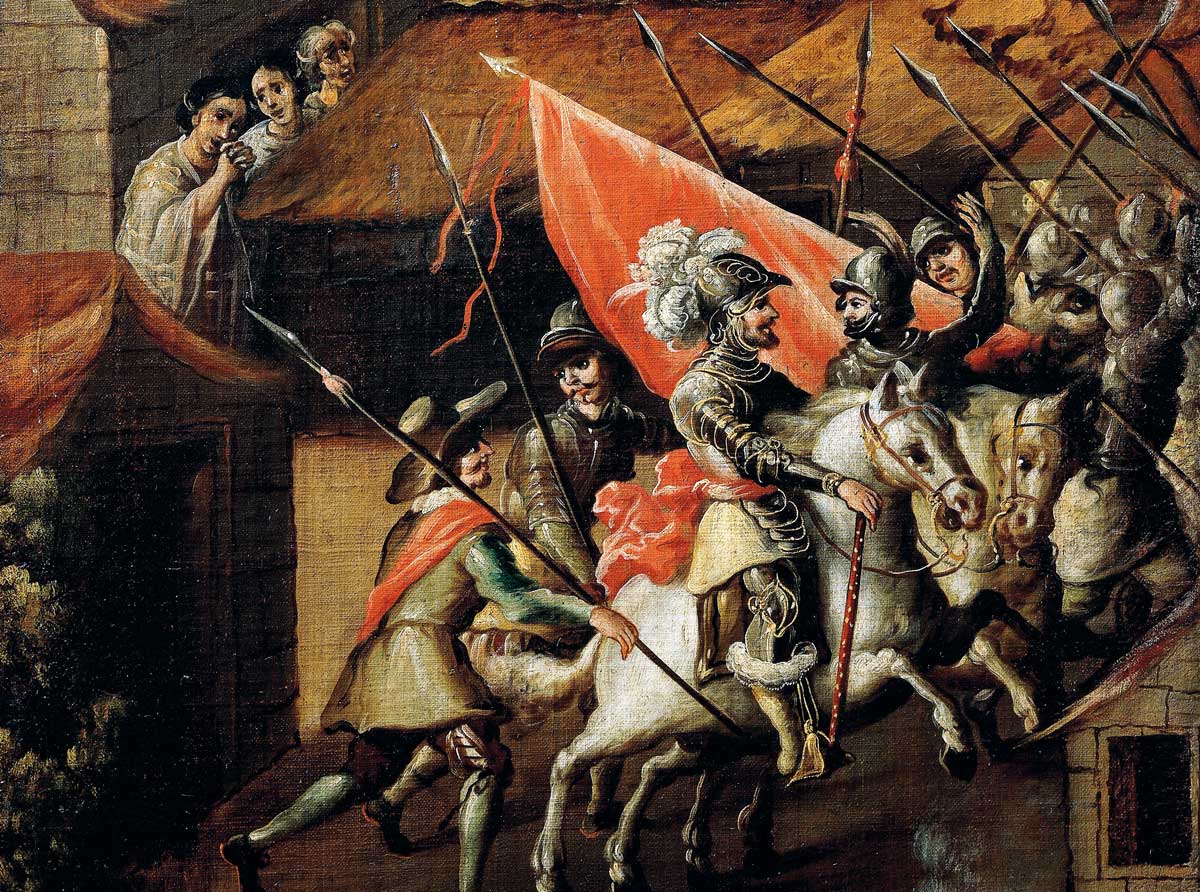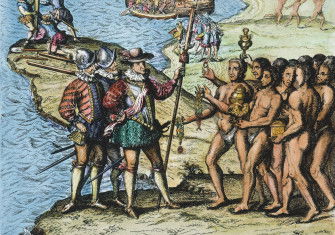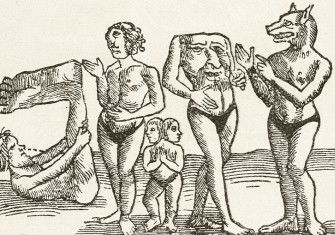Contested Legacy of the Conquistadors
If we are to better understand the actions of conquistadors such as Hernán Cortés, we must place them in the context of a medieval worldview that predated the nation-state.

In the autumn of 1520 Hernán Cortés, the conqueror of Mexico, was busy asserting control over a strategic region of central Mexico dominated by a mountain-top fortress. He had recently captured it with the help of thousands of indigenous allies, after suffering a humiliating defeat in the Aztec capital, Tenochtitlan. Cortés had reached the city a year before, in November 1519, and had been cautiously welcomed by the Aztec emperor, Moctezuma. Relations were cordial for a while, even after Cortés had taken the bold decision to imprison the emperor. Things fell apart when the conquistador’s impetuous friend Pedro de Alvarado gave the order to massacre the Aztec nobility during a ceremony that took place while Cortés was on the Gulf coast dealing with a potential rival.







